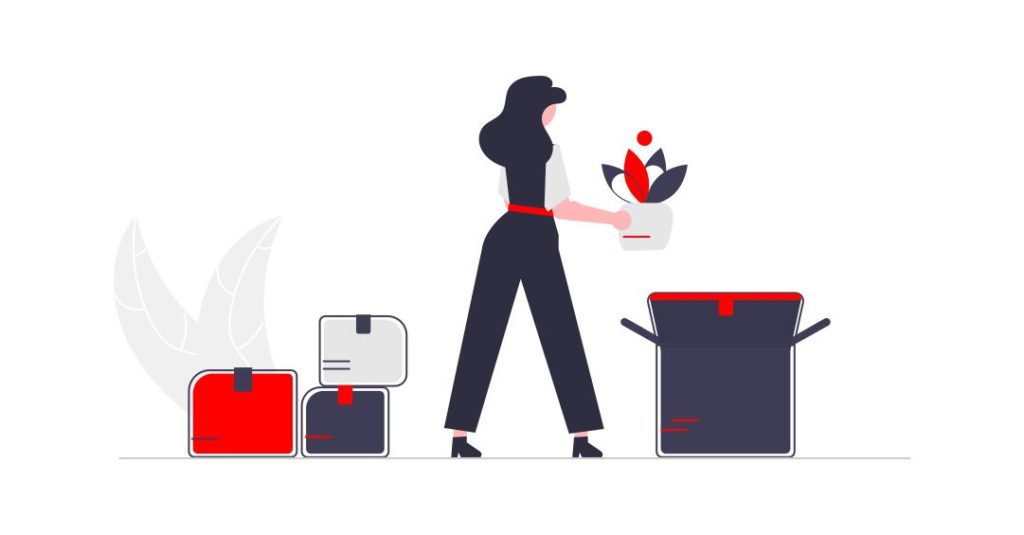We regularly assist our clients with issues relating to constructive dismissal. From our experience, constructive dismissal and what the implications are if one occurs remains unclear for many employers and employees alike. For instance, wrongful dismissal or termination and constructive dismissal are terms that are often erroneously used interchangeably by the public. These terms are not the same and have separate implications. This blog seeks to clarify some key concepts and concerns relating to constructive dismissal.
What is constructive dismissal?
In Ontario, constructive dismissal occurs when the employee’s fundamental terms of employment are changed unilaterally by the employer, if the employer evinces an intention to not be bound by fundamental terms or if the employee is subjected to some sort of illegal act such as harassment or a toxic work environment. In such instances, the employee is forced to leave their job without being directly fired or terminated by the employer. How the employee leaves the workplace is not crucial to the analysis of what is a constructive dismissal. What is crucial is that the employee’s employment will usually be impacted to the point where it would be unreasonable to stay or to accept the fundamental changes in their employment.
The crux of virtually every constructive dismissal case is that an employer makes or intends to make a substantial change to the employee’s terms of employment without the employee’s consent. Generally, the terms of employment should be key aspects of the employment contract or relationship. Changes too small or less important terms will not trigger constructive dismissal.
There are several different types of common ways in which constructive dismissal can be triggered. For example:
- Reduction in pay.
- Reduction in benefits.
- Change in an employee’s job duties or responsibilities.
- Increase in workload or hours.
- Decrease in workload or hours.
- A demotion.
- A transfer or new work location.
- Harassment, discrimination, unfair treatment, toxic work environment or bullying.
- An unlawful lay-off.
- A suspension, threats or other unjustified discipline.
In the case of unlawful layoffs, there has been a great deal of development in this area because of the COVID-19 pandemic. To remind our readers, the Ontario government made an impact by creating a new category of leave called the infectious disease emergency leave (“IDEL”). Specifically, the IDEL regime prescribes that when an employee has had their hours of work reduced or even eliminated by the employer or has had their wages reduced because of COVID-19, that these changes will deem the employee to be on leave. Further, the regime goes on to set out that these reductions in hours of work or pay will not be considered constructive dismissal either. There remains uncertainty in the law with respect to whether an employee who was temporarily laid off by their employer due to COVID-19 can claim constructive dismissal at common law. The Ontario Court of Appeal had a chance to resolve this issue in Taylor v. Hanley Hospitality, 2022 ONCA 376. However, the Court did not do so and unfortunately this issue remains unresolved. Please read our blog entitled “Ontario Court Of Appeal Does Not Provide Clarification On COVID-19 Layoffs” which can be found here for more information.
Finally, employees should be aware that they should not wait too long before claiming that they will not accept any significant unilateral change to their employment agreement. For instance, if the employer has reduced the employee’s pay the employee needs to speak up in a timely manner and refuse to accept that change to their compensation. If the employee waits too long to claim constructive dismissal and continues with their job, the employer may retort that the employee has accepted the new terms and acquiesced to the change. However, how long exactly they can wait will be fact-specific and based on their particularly matter at hand.
What happens after an employee claims constructive dismissal?
Once the claim for constructive dismissal has been made then the employee will generally claim common law and statutory damages in a wrongful dismissal suit. Depending on the circumstances, the employee may also be entitled to punitive and general damages.
It is the employee who must show (on the balance of probabilities) that they were constructively dismissed. If the employee fails to prove that they were, in fact, constructively dismissed, then they will be deemed to have resigned from their employment.
Our Thoughts
These are complex issues and both employers and employees should use the assistance of an employment lawyer to deal with them.
An employee needs an employment lawyer to assist them in maximizing their claim for constructive dismissal. For instance, an employment lawyer can assist the employee in determining exactly where the employee is in this process and to see if in fact their employment has changed in a fundamental way so that they may claim constructive dismissal at the right time. It is preferrable that this advice does not come from a lawyer who simply dabbles in employment law. This advice should come from a lawyer who has a focus on employment law. Employment lawyers are skilled and experienced in helping employees by preparing strategies to deal with their claims of constructive dismissal. For instance, an experienced employment lawyer may assist the employee, while the employee is still employed, to address their workplace issues with their employer including figuring out their rights during and following their departure.
Employers also need assistance when it comes to claims of constructive dismissal to minimize the risks of a constructive dismissal claim. This in turn can significantly reduce the employer’s costs, liability and time investment into these issues. For instance, an employment lawyer can assist the employer to avoid a claim for constructive dismissal by helping the employer to deal with an employee who is complaining about certain changes to their employment contract.
Employment lawyers can also assist employers with how they can legally make changes to employees’ employment terms without such changes amounting to constructive dismissal. For instance, the lawyer may also assist the employer with deciding to offer formal working notice in response to an employee who is insisting on keeping the original terms of the employment agreement.

